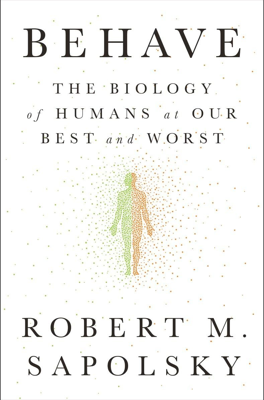Morality and Doing the Right Thing, Once You’ve Figured Out What That Is
Morality and Decision-making
In exploring how humans navigate moral decisions, this chapter examines the blend of reasoning and intuition involved. It presents a dichotomy between moral reasoning, which is analytic and cognitive, and moral intuition, which is instantaneous and emotionally driven.
Moral Reasoning vs. Moral Intuition: Humans rely on both cognitive reasoning and gut feelings to make moral choices. Moral reasoning involves deliberation and forethought while moral intuition relies on immediate emotional responses. Research suggests that reasoning can often come as a post-hoc justification for decisions led by intuition.
Development of Moral Thinking: Moral reasoning develops in stages, linked to cognitive growth. Neurologically, activities revolving around logical and moral reasoning involve similar brain areas such as the dorsolateral prefrontal cortex (dlPFC), indicating a shared mechanism between cognitive and moral sophistication.
Neural Basis of Morality
Key brain regions are implicated in the moral decision-making process, underscoring a complex blend of emotional and cognitive inputs:
Neurological Underpinnings: The temporoparietal junction (TPJ) is crucial for understanding perspectives, underlying both general Theory of Mind tasks and moral judgments. Activation in regions like the insula and orbitofrontal cortex varies with the type of moral transgression, indicating specific neural responses to different moral stimuli.
Role of Emotional Regions: Emotional regions such as the vmPFC, amygdala, and anterior cingulate cortex are engaged during moral decision-making, indicating that emotions significantly influence moral judgments. These regions help evaluate the emotional aspects of moral dilemmas, appearing more active even before cognitive processing areas like the dlPFC.
Exploring the Trolley Problem
The classic trolley problem is used to illustrate how people reconcile the moral conflict between actions and consequences, with different neural responses observed based on the scenario:
Active Harm vs. Passive Decision: Physically pushing a person to save others elicits stronger emotional responses (vmPFC and amygdala activation) compared to passively pulling a lever. This indicates a neurological difference in how direct harm versus indirect harm is processed.
Practical Implications: The neural data suggest that moral decision-making can depend heavily on the context and the perceived directness of harm, guiding individuals towards either more utilitarian or deontological outcomes.
Babies and Animals: Innate Moral Judgments
Even in infants and non-human animals, there are precursors to human moral behaviors, suggesting that some aspects of morality are innate and not solely culturally derived:
Infants' Moral Tendencies: Research shows that infants can evaluate the actions of shapes or characters in simple scenarios, preferring helpful behavior over hindering actions, suggesting an early developmental emergence of moral discernment.
Justice in Animals: Studies with primates and other animals indicate a basic sense of fairness and injustice, with reactions to unequal treatment suggesting that the rudiments of moral behavior might be more widespread and evolutionarily ancient than previously thought.
Conclusion: Morality's Complexity
The chapter concludes with an acknowledgment of the multifaceted nature of morality. It emphasizes that understanding human moral behavior requires a nuanced appreciation of both the biological underpinnings and the social contexts within which they operate. By examining both the innate and developmental aspects of morality, it provides insights into how deeply embedded and complex moral responses are in human nature and social structures. These explorations argue against a simple categorization of moral actions and point towards a richer understanding of human behavioral ethics.
